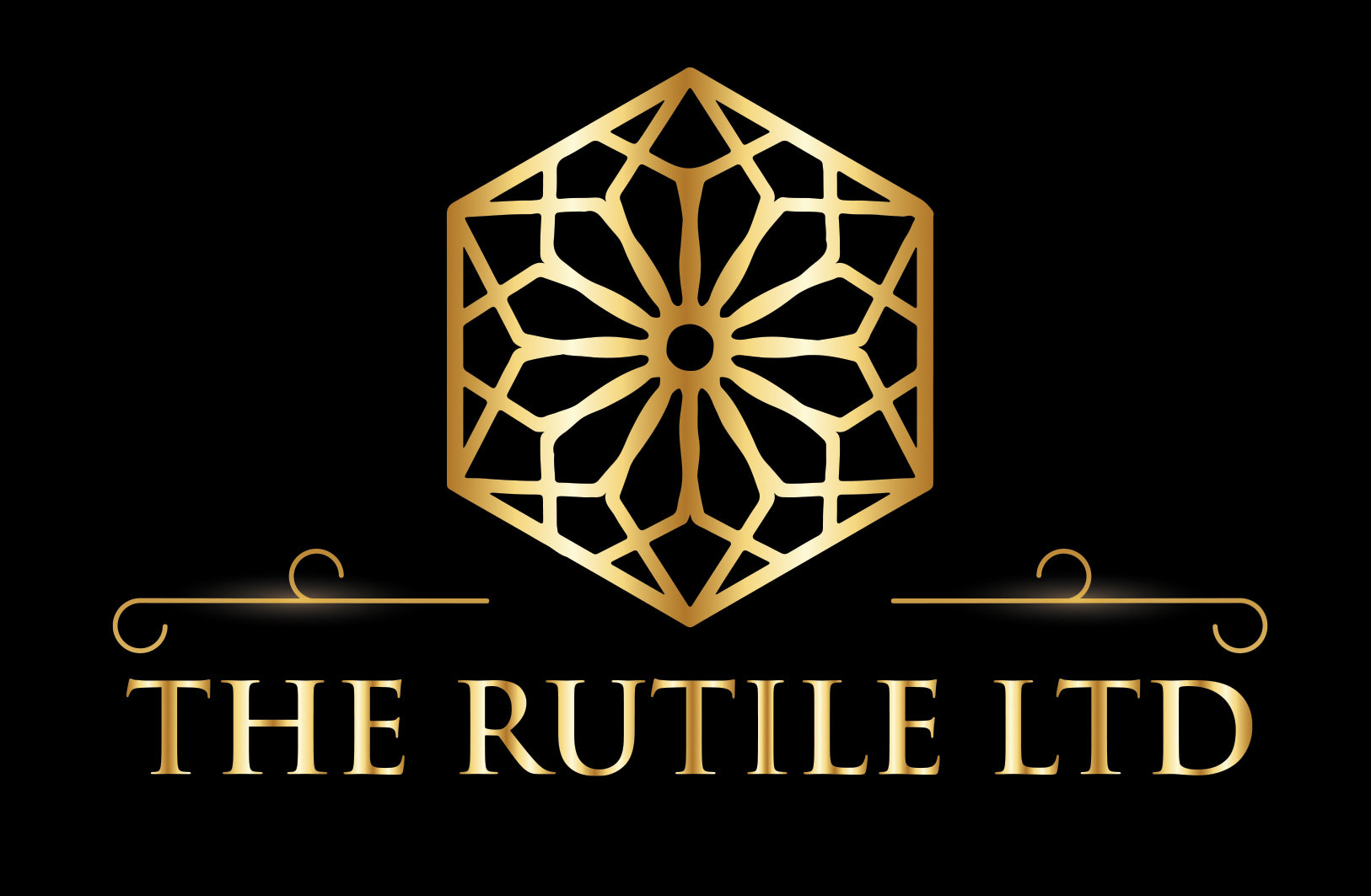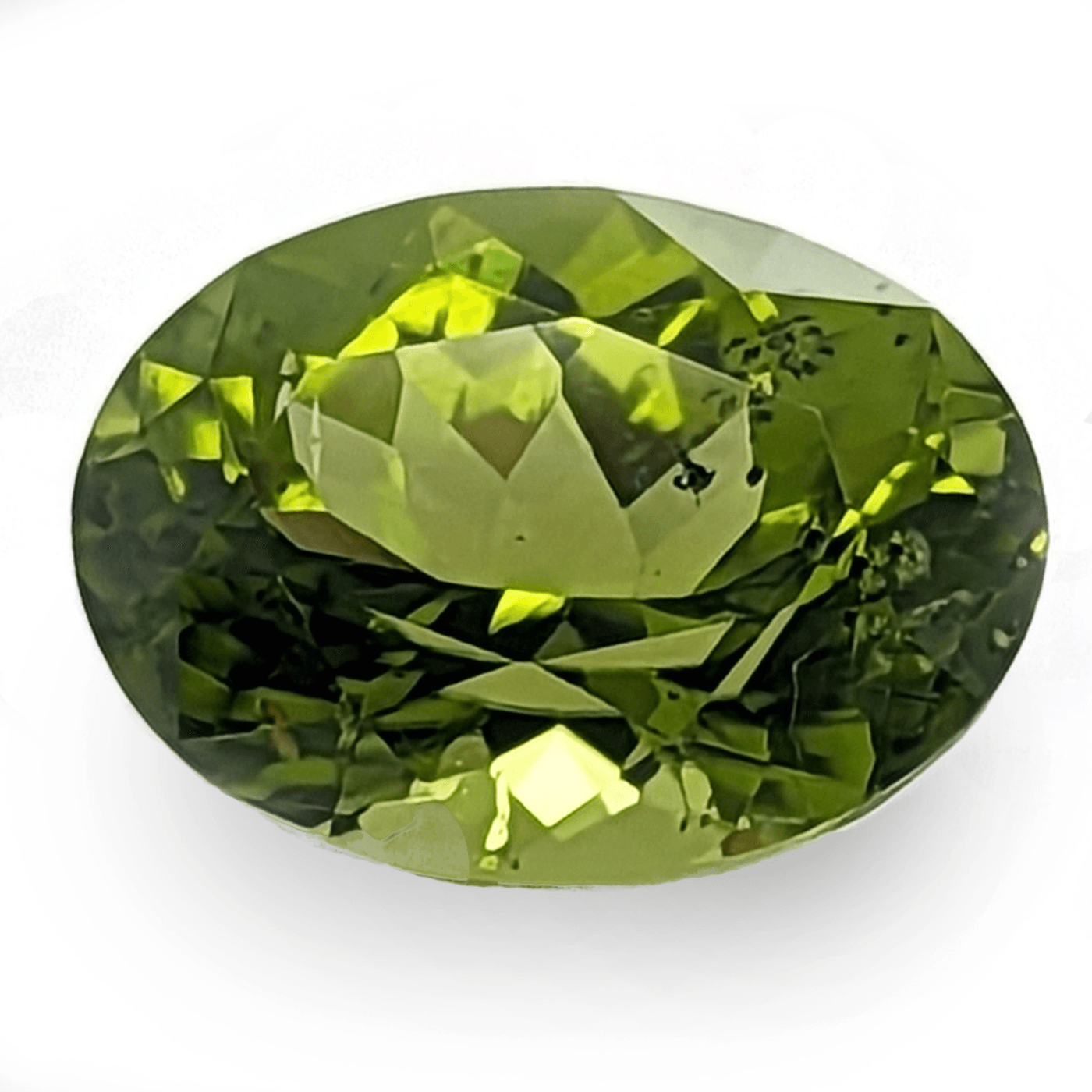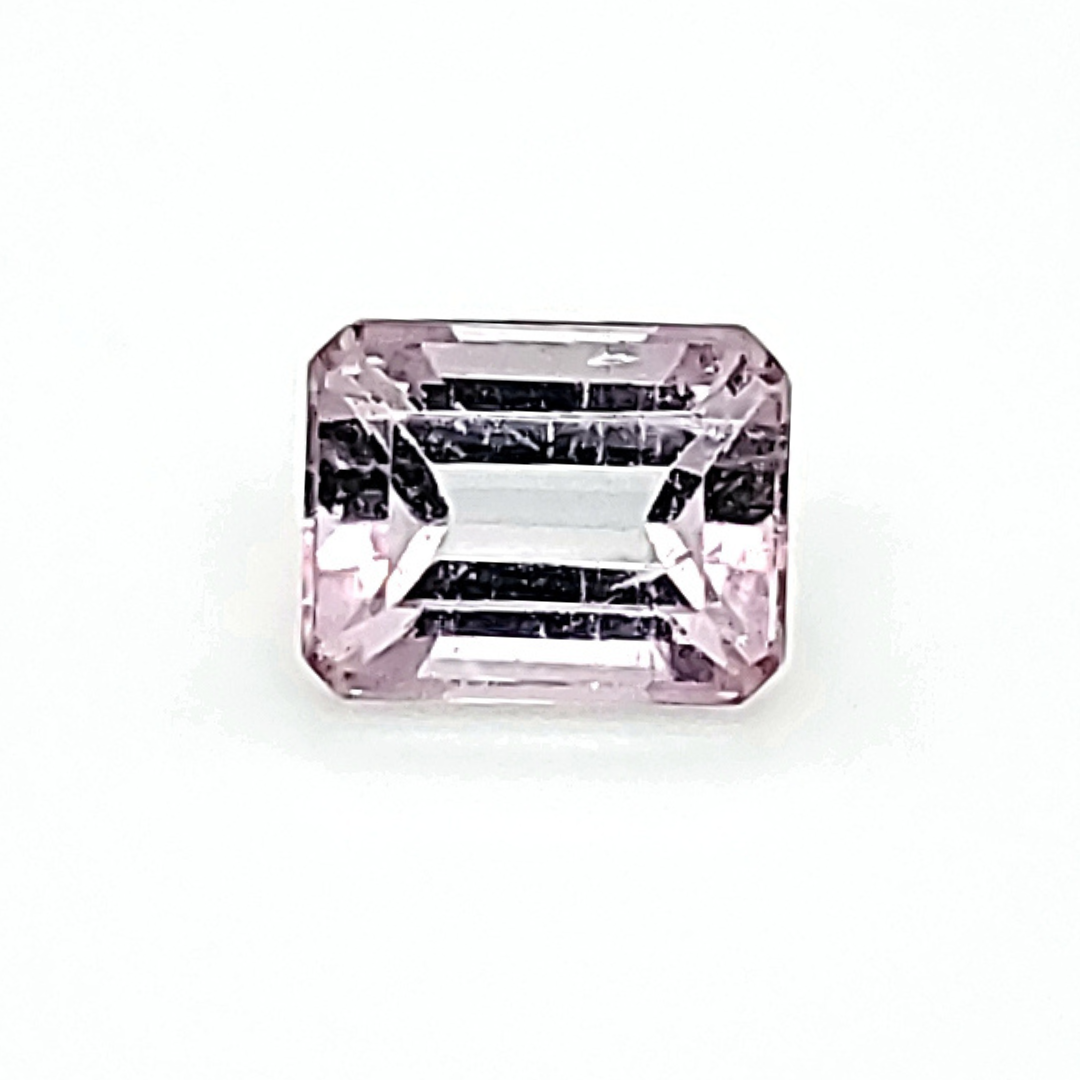Opal
Purifying, Protection, Emotional Healing, Compassion, Enlightening, Stress Reduction, Spiritual Upliftment
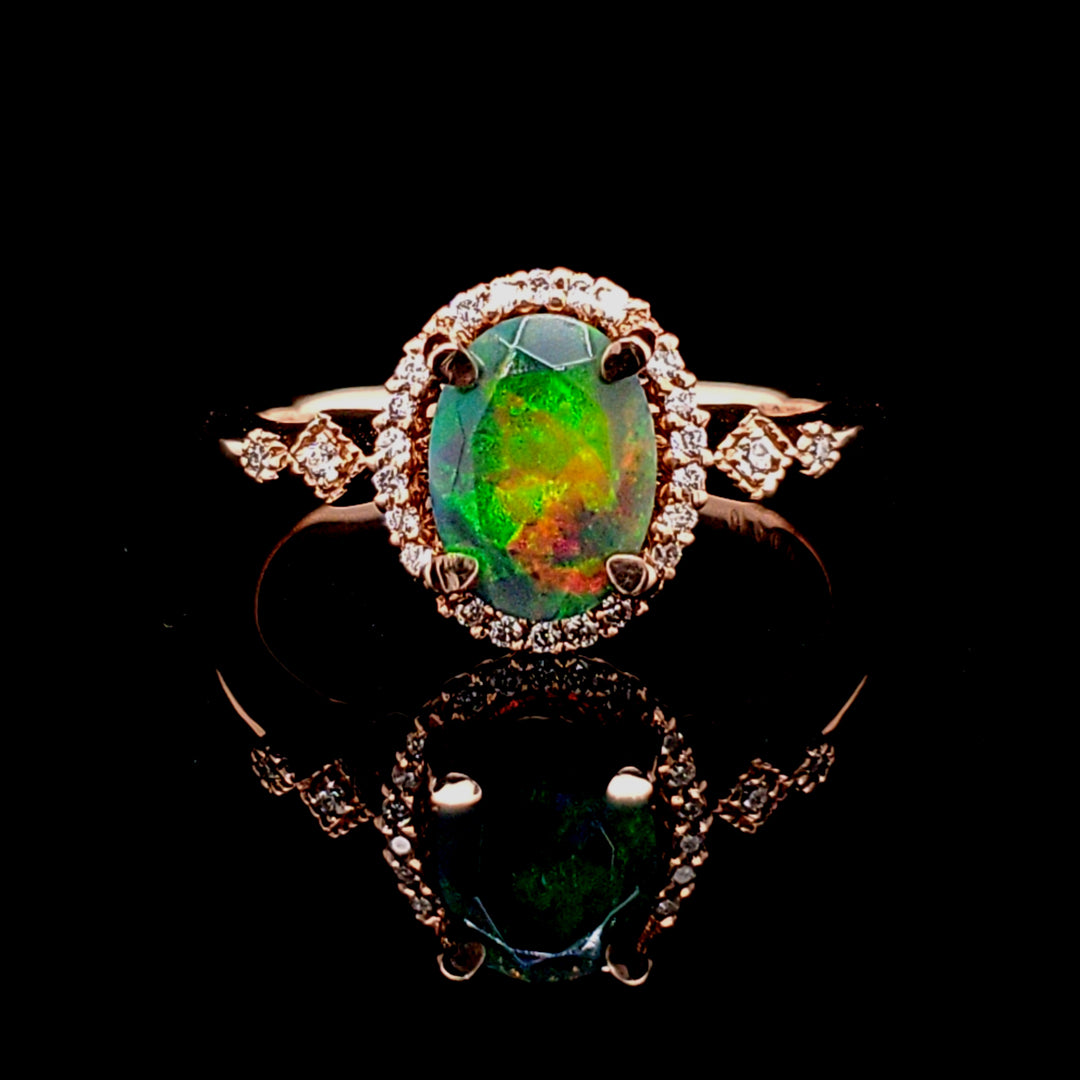
Opal is the non-crystalline form of the mineral Silica formed from a solution of Silicon Dioxide and Water. It is amorphous, void of a crystalline structure, and not a true mineral due to its lack of crystal forms. This hydrous Silicon Dioxide stone is referred to as a mineraloid. Opal is one of the most precious gemstones. Its name actually derives from the Latin word “opalus” and the Sanskrit word “upala”, both meaning “precious stone”. Opals are popular; Black Opal, White Opal, and Precious Fire Opals hold the highest price tag. Opals come in all sorts of base colors. They are often multicolored or banded and several different varieties exist. Common Opal is found worldwide. Notable deposits of all varieties of Opal include the USA (Oregon, Nevada, Idaho, California), Australia, Mexico, Ethiopia, Peru, Madagascar, Czech Republic, Brazil, Honduras, and Canada. A key characteristic of Opals is their fluorescence. They are formed and found in all mineral environments, especially igneous. The wide array of majestic coloring that Opal displays has been a conundrum until the 1960s when they discovered using an electron microscope that Opal is composed of tiny Silica spheres neatly arranged in an orderly pattern that allows for light entering the stone to diffract into a wide spectrum of colors. An array of colors can be seen when turning or moving Opals. This phenomenon is called the ‘Play of Colors’ and is a notable characteristic of Opals. The density and pattern of the aligned silica are responsible for the assortment of colors displayed within this mineraloid. This effect is not seen in Common Opals as its pattern of Silica spheres is often too compact or too disordered to allow light refraction. Opals are susceptible to a cracking phenomenon called crazing. It is not exactly known what causes this but specific locales tend to produce opals with a higher susceptibility. Uncut Opals are often stored in water owing to the fact that Opals have water in their base structure, ranging from 3 to 21% of their weight. If an Opal is removed from water to be cut, it should not be without its hydro source for longer than a couple minutes or its susceptibility to crazing greatly increases. A very gradual drying process diminishes the risk of crazing to occur, but care should always be taken when wearing, cleaning, or cutting opals.
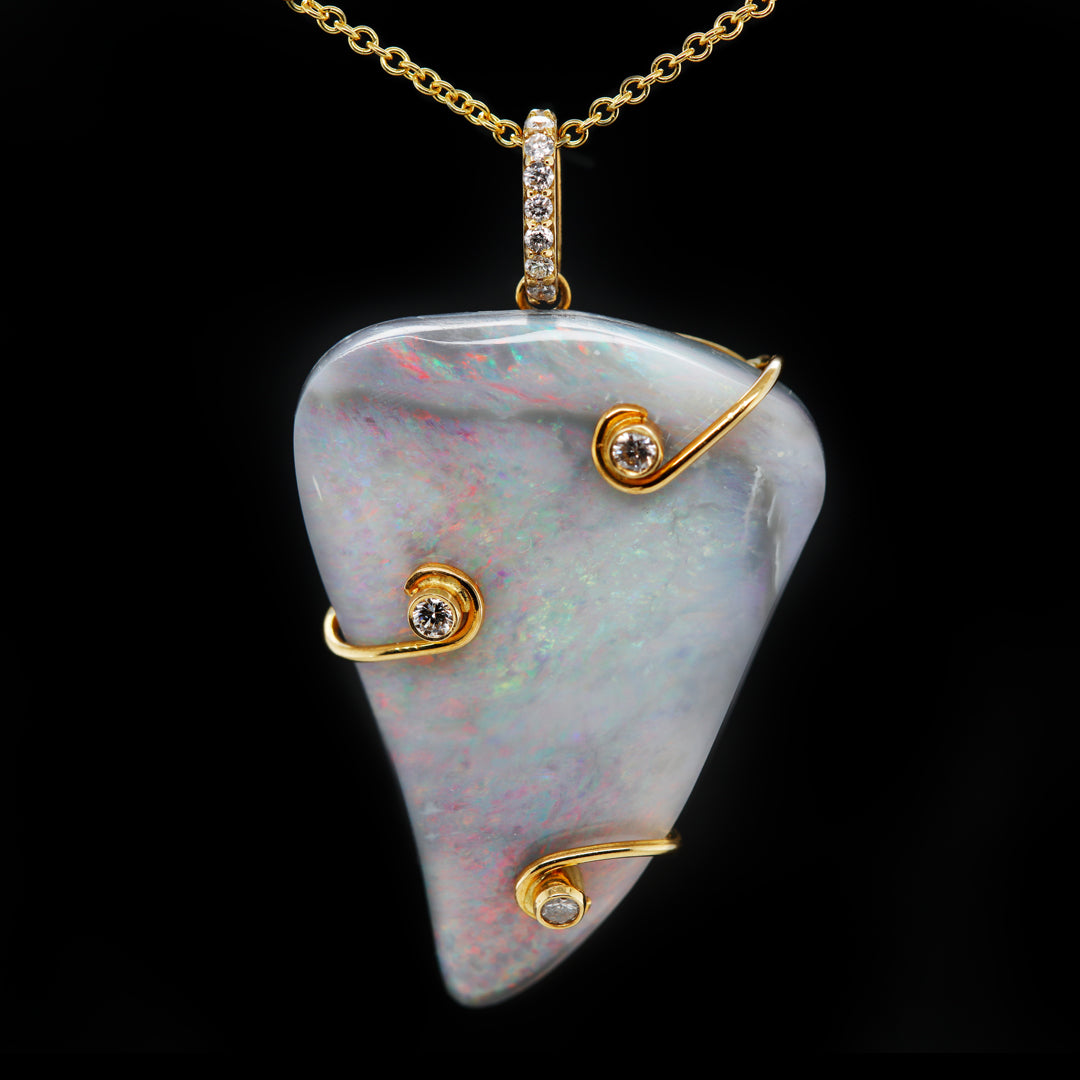
Metaphysical
Opal has long been a topic of folklore and legends. Accounts of Opal mining date back to the fourteenth century and historic written records of Opal’s lure illuminate this stone’s majestic metaphysical qualities throughout the years. Many varieties of Opal exist, each with their own ethereal characteristics. Opals have been associated with good luck, hope, power, love, and emotional healing. Common Opal vibrates at a slightly lower frequency than Fiery or transparent Opals and it makes it a perfect talisman for anyone seeking a calming, soothing effect on their emotional body. Common Opal is a stone of gentle energies, and it works in a subdued manner to promote positivity, peace, and tranquility to the wearer. Common Opal comes in an array of colors each stimulating their corresponding chakra. Brown/Black Common Opal stimulates the lower chakras and promotes protection from negative energies and a grounding energy. Blue Opal stimulates the Heart and Throat chakras promoting a sense of compassion, a better and deeper sleep, an antidote to restless thoughts, and the ability to properly convey the heart’s desires. Pink Opal stimulates the Solar Plexus and Heart chakras realigning us with Divine Will and Divine Love. White Opal clarifies the higher chakras and illuminates and enlightens the wearer to inner truths, spiritual guidance, and access to the ethereal realms. Fortifying the body through spiritual upliftment and calming the emotions are key features of Common Opal. Anyone looking for emotional protection or healing should find themselves seeking the uniqueness of Opal’s raw power.
CHAKRA
- All Chakras
ELEMENT
- Earth
- Water
PARTNER STONES
Clear Quartz, Tourmaline, Phenacite, Amethyst, Rose Quartz, Danburite, Azeztulite, Moldavite, Citrine, Lapis Lazuli, Jaspers, Chalcedonies, Zincite
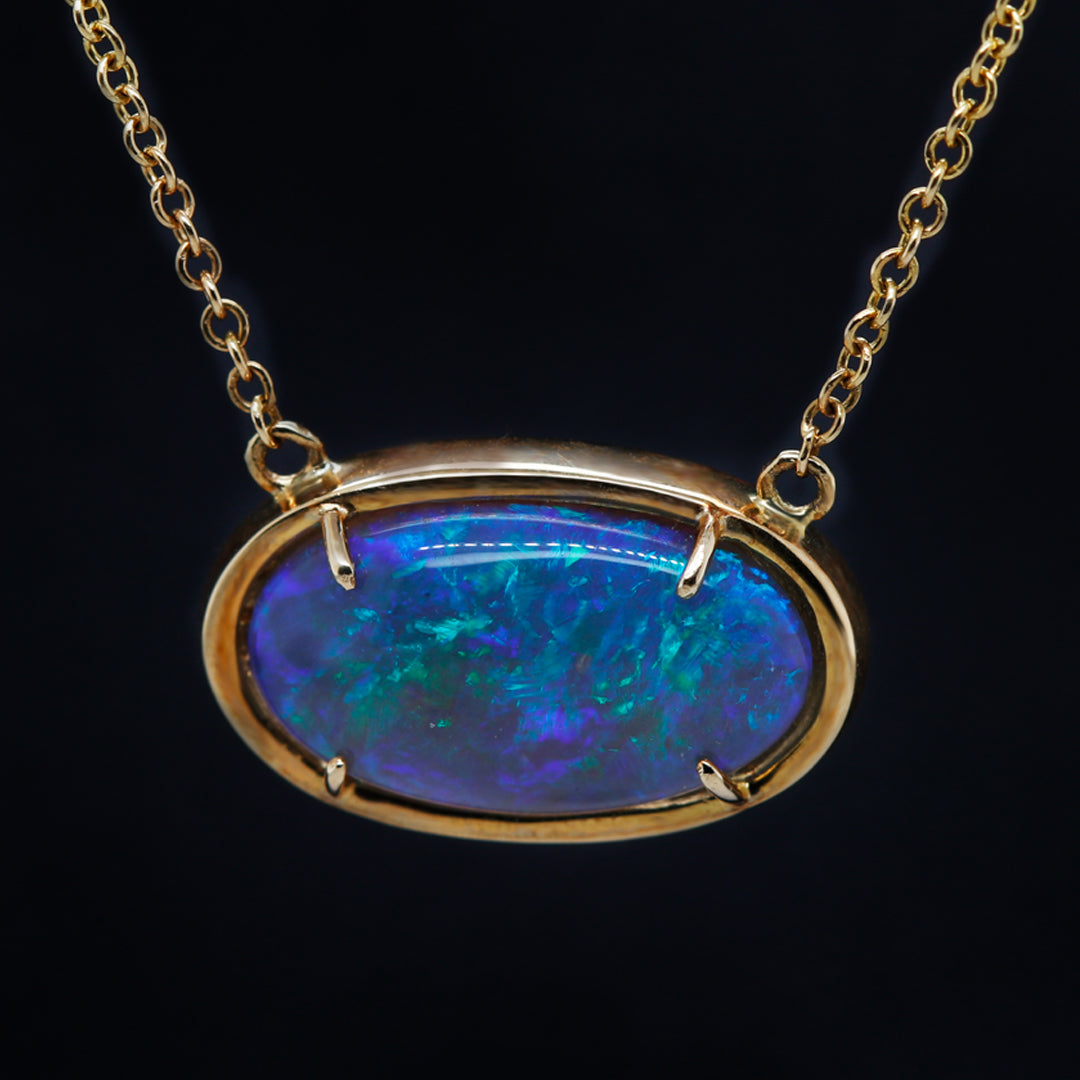
Science Stuff
• Chemical Formula: SiO2 · nH2O
• Color: Colorless, White, Yellow, Orange, Red, Pink, Purple, Brown, Blue, Green, Brown, Black, Multicolored, and/or Banded
• Hardness: 4.5-6.5
• Crystal Habit: Amorphous
• Refractive Index: 1.37-1.52
• Specific Gravity: 1.98-2.25
• Optic Character: Isotropic
• Transparency: Transparent to Opaque
• Double Refraction: None
• Luster: Usually, may also be Vitreous, Pearly, Waxy, or Resinous
• Fracture: Conchoidal
• Cleavage: None
• Mineral Class: Tectosilicates
Blog Resources
• “Opal”, Simmons, Robert, et al. The Book of Stones: Who They Are and What They Teach, North Atlantic Books, 2015.
• “The Mineral Opal”, https://www.minerals.net/mineral/opal.aspx
